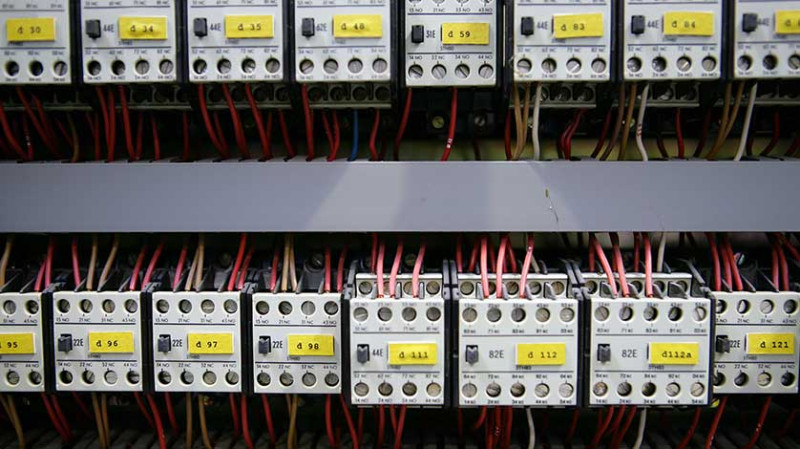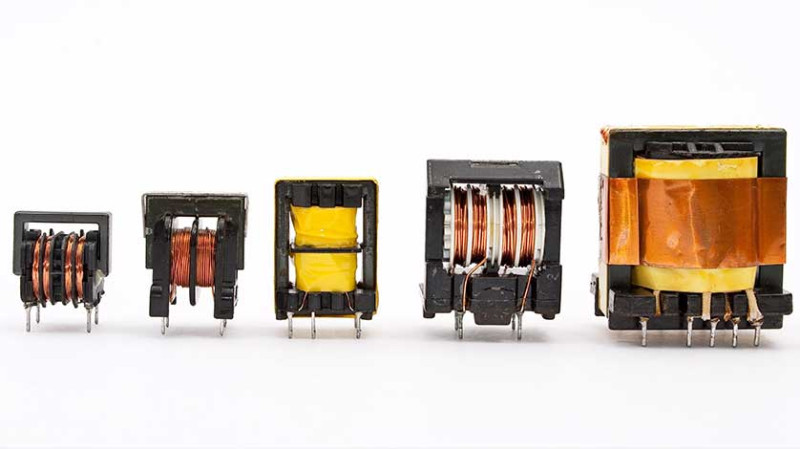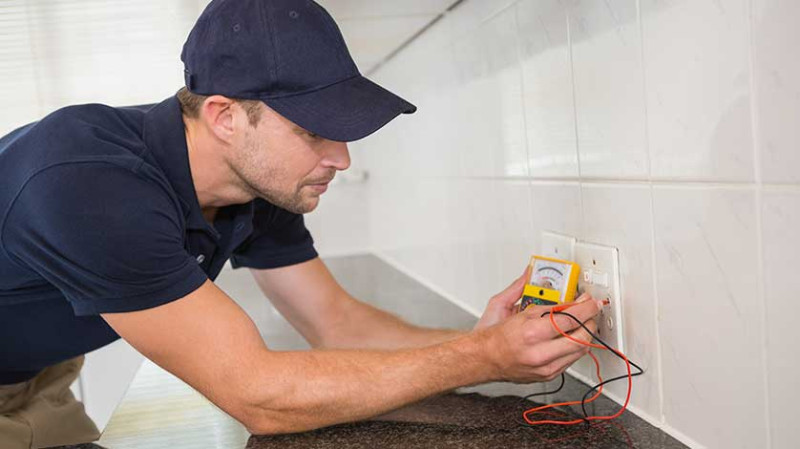
When it comes to electrical control systems in residential, commercial, or industrial settings, understanding the difference between contactors and relays is key. Both of these devices play a crucial role in controlling electrical circuits by allowing or preventing the flow of electricity, but they are designed for different purposes and capacities. For electricians, DIY enthusiasts, and professionals such as architects or interior designers working on large-scale installation projects across the UK, knowing how and when to use a contactor versus a relay is essential for safety, efficiency, and optimal system performance.
While they may seem similar in design and function at first glance, contactors and relays serve different niches in the electrical control landscape. Whether you're installing a lighting control system, wiring a domestic HVAC unit, or managing a building automation project, choosing the right device can make a world of difference. Let’s break down the key differences between contactors and relays in practical, easy-to-understand terms.
What Are Electromagnetic Switches?
Both contactors and relays fall under the category of electromagnetic switches. These are devices designed to open or close electrical circuits by using an electromagnetic coil to mechanically operate a set of contacts. In simple terms, they are remote-controlled “switches” that don’t require a person to manually flip them. Instead, a small electrical signal energises an internal coil that triggers the contacts to change state.
Electromagnetic switches are essential when you need to control a high-power circuit with a low-power signal — think of using a small voltage from a thermostat to turn on a powerful air conditioning unit. When implemented correctly, they allow for safer, more efficient and more automated control over electrical systems.
Despite their similar inner workings, the use case and capabilities of relays and contactors differ significantly — particularly in terms of current handling, durability, and the specific loads they are designed to control.
What Is a Relay?
A relay is a small electromagnetic switch primarily used to control lower voltage or current circuits. Typically, relays are found in electronic control systems, home automation projects, and for switching devices such as lighting systems, alarms, or even small motors.
Relays are usually compact and can be either electromechanical or solid-state. Electromechanical relays use moving parts activated by magnetic fields, while solid-state relays use electronics with no mechanical movement, which wear out less over time.
Commonly found in household appliances, heating systems, and car electronics, relays are preferred when you need precise, low-power switching. For example, if you have a smart home system that turns lights on and off remotely, the tiny pulse from your phone app or control panel activates a relay, which in turn completes the circuit for the lights.
For DIYers and designers in the UK, relays play a crucial role in integrating low-voltage control systems into modern living spaces without the need for manual switches cluttering up the design.
What Is a Contactor?
A contactor is a larger and more robust version of a relay, built specifically to handle higher loads and more frequent switching. They are primarily used in industrial or commercial applications where large motors, HVAC units, electric heaters, or even entire lighting panels are involved.
Contactors can handle current ratings starting from 9A to several hundred or even thousands of amps, depending on the application. They are specifically engineered for high-load endurance, featuring arc suppression mechanisms, heat sinks, and materials that survive intense switching cycles over time.
For UK-based tradespeople and professionals managing facility upgrades or retrofitting building services, contactors are indispensable components. For example, an industrial refrigeration unit or a set of high-bay LED lights in a commercial warehouse will typically rely on contactors controlled remotely by building systems.
Even in modern smart homes growing in popularity in the UK, contactors can be installed for electric vehicle charging points, underfloor heating circuits or solar energy systems — all of which require reliable, remotely-operated high-current switching.
Key Differences Between Contactors and Relays
Although they may look and function similarly by opening or closing electrical circuits, there are several critical technical and application-based differences between contactors and relays:
| Feature | Relay | Contactor |
|---|---|---|
| Typical Applications | Low-power devices, lighting, alarms, electronics | High-power motors, HVAC units, industrial lighting |
| Current Rating | Generally under 10A | Can exceed 1000A |
| Physical Size | Generally small and compact | Larger, with stronger housing |
| Switching Frequency | Less frequent; not ideal for continuous switching | Designed for frequent and long-term use |
| Arc Suppression | Usually lacks arc suppression | Includes arc suppression and protective barriers |
| Auxiliary Contacts | Optional and limited | Often integrates multiple auxiliary contacts |
| Typical Installation | Domestic appliances, control panels | Distribution boards, industrial panels |
When Should You Use a Relay?
Relays are ideal for low-current switching applications. If you're working on home automation, such as automating curtain motors, installing smart door locks, or managing garden irrigation through a weather-controlled system, relays are your go-to. They're also useful when space is limited – for example, inside a slim switchboard.
In interior design projects with an emphasis on seamless technology integration, relays can be hidden behind walls or within control enclosures, helping maintain a sleek aesthetic without compromising on smart functionality.
For DIY UK homeowners, standard 5V or 12V relays are excellent companions for Arduino- and Raspberry-Pi based automation projects, bridging the gap between programming and practical control of lights and appliances in real-world settings.
When Should You Use a Contactor?
Use a contactor when the load exceeds 10A or requires more durable switching due to higher voltage or frequency conditions. If you're installing a domestic or commercial heat pump, electric hot water system, or EV charging stations — which are growing rapidly across the UK — a contactor ensures reliability and safety.
Electricians and tradespeople will frequently choose contactors to integrate with time clocks or building management systems (BMS) to automate large-scale operations. For example, having all external lights switched on via photocell through a contactor at dusk, then switching them off automatically at sunrise.
Contactors are also ideal for controlling three-phase systems in UK homes and buildings, particularly when powering heavy HVAC equipment or integrating solar PV systems with batteries and smart inverters.
Final Thoughts
Understanding the difference between contactors and relays isn't just theoretical — it has real-world implications for performance, longevity, and safety across a wide range of UK-based projects. Whether you're a hands-on DIYer transforming your smart home with Alexa-connected lighting, an architect designing a new energy-efficient development, or a seasoned electrician specifying parts for a commercial M&E installation, knowing which switch to pick is crucial.
Relay or contactor – choose wisely, and your electrical systems will be safer, more efficient, and built to last.






